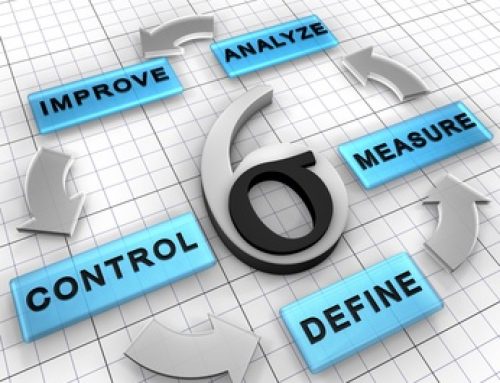Website development projects are notoriously prone to scope creep, fuzzy vision and escalating costs. As a small business it pays dividends to keep your hand firmly on the tiller throughout the website development project management process, and to work closely with your development team in an effective partnership. Here are five key points to keep in mind to help your project stay on track.
- Be clear about your objectives.
You need to be absolutely clear why you are initiating your web development project. What are the key outcomes you are looking for that make this project worth doing? Are you trying to increase sales? Reduce administration costs? Minimize order processing errors? Your objectives need to be aligned with your business vision, and these objectives need to be at the forefront of your mind throughout the development process.
- Stay involved throughout the process.
It is not enough to write a project brief and hand it over to the project team, hoping that what you want will be delivered a few weeks later. You need to be part of the process. You are the expert on your business; you know what will excite your customers, and what will turn them off. Web development is a creative process, with many new ideas and decisions being made throughout, and to get the best out of your project, you need to be actively involved in it. - Planning by feature.
You will have thought through the features you want developed in support of your goals. However in most web development projects new ideas come up all the time during the process, some from discussions and reviews of early designs, some from new technology features and trends. It is advisable to spend some time prioritizing the features you have identified according to your overall objectives and desired outcomes. Request estimates broken down by entire features from the development team, rather than by task. This approach will give you the flexibility to swap in new features for old ones, while ensuring the development work is always focusing on the top priority features that will take the biggest steps towards your goals.
- Short iterations.
Break your projects into short iterations, and have the highest priority features developed first. Keeping the iterations short allows you to effectively make decisions about the direction the project is taking, and if necessary call a halt quickly if something really isn’t working and needs re-planning. Each iteration should completely finish both development and testing of a set of features taken from your prioritized list, so you have the option of calling a halt to further development and having the developers focus on preparing for a release of the currently developed feature set, if that is what best supports your business goals.
- Tracking and monitoring.
At the end of each iteration, monitor the actual features that were completed, and compare this back to the original estimates. Estimation in software development is a black art, particularly when you are breaking new ground or the process is particularly creative. Being aware of the differential between actuals, and predicted estimates, will give you information to determine whether you need to re-plan the overall project to account for the actual development velocity. Frequent monitoring and re-planning will allow you to determine when you are ahead or behind the game, and make decisions whether to extend the project, or cut out content to avoid uncontrolled project timescales.
Communication between you and the web developers is absolutely critical! If you can create an effective partnership with your web developers, where you supply the vision and business knowledge and they supply the technical know-how, and you work closely together throughout the project you will be able to leverage the creative process to deliver a great solution, without allowing the project scope, timescales and costs to spiral completely out of control.


Social Contact